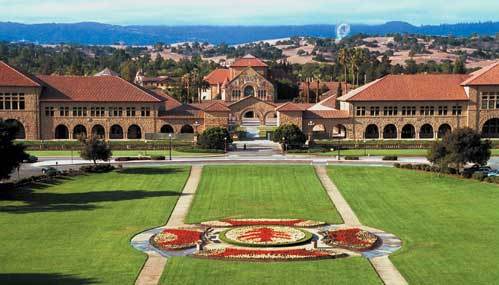The center at Stanford will focus primarily on visual computing. The other universities in the Stanford-based center are the University of Washington, Cornell, Harvard and Princeton, as well as University of California campuses in Berkeley, Irvine and Davis.
"As high-end visual interfaces have become commonplace, our expectations have risen. A few years ago no one knew what multi-touch smartphones, tablet computers, Internet-enabled 3-D high-definition television, e-readers were, now they do," Hanrahan said during a press call to announce the program. "We will focus on visual computing, user experience and user interaction, with a range of devices that will emerge in the next decade."
Cell phone cameras could become tools in new forms of sculpting and drawing. Games will become more collaborative, with more life-like settings.
Take a common problem such as not being able to place a face with a name. Hanrahan envisions a time when you'll be able to use your camera phone to take a picture and look up the name. For governments, there are also major implications for this kind of technology. Law enforcement may be able to discern the law-abiding from the lawless using computers that analyze images.
"In the future, our smartphones, laptops and personal cameras will be doorways into augmented realities," said Hanrahan. "Our whole lives will be augmented and social networking will get more social. Facebook might become a virtual world where we meet with friends online."
Stanford students will get the real-world experience of working on campus with Intel scientists; Intel, in turn, will benefit from the creative ideas of these bright young researchers.
To learn more about this project, visit: http://visual.stanford.edu/
37.424106 -122.1660756
 Stanford and Intel take on visual computing.
Stanford and Intel take on visual computing.